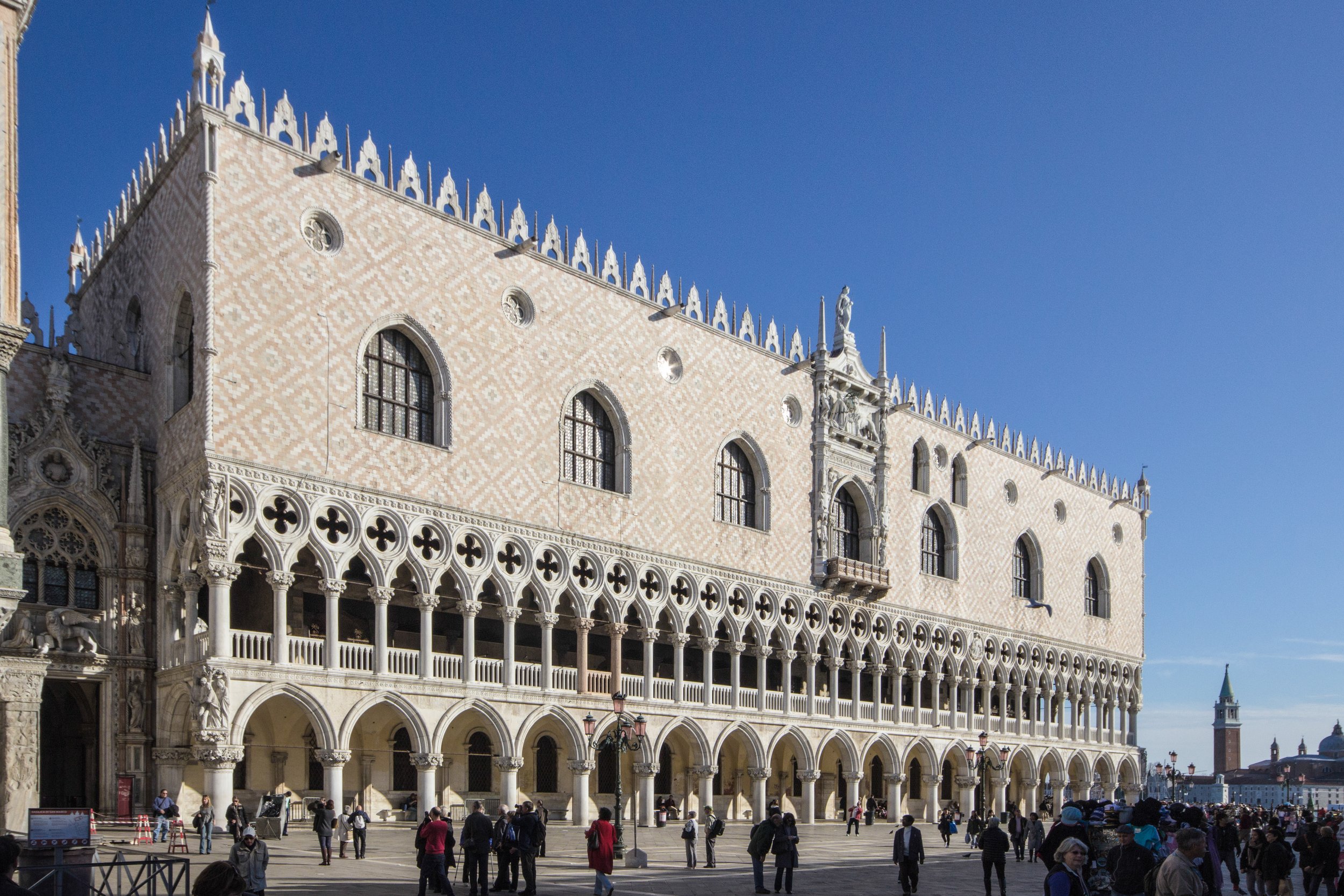
Palazzo Ducale - Doge’s Palace
A masterpiece of Gothic art, the Doge's Palace is among the Serenissima's top attractions and definitely one to put on your list of what to see in Venice. It is located in the Sestiere di San Marco, so right in the heart of the city.
Together with St. Mark's Basilica, the Campanile and the Clock Tower, it is among the monuments that make St. Mark's Square one of the most visited places in the world. Therefore, a stop to admire this wonder, even if only from the outside, is a must on your itinerary to visit Venice.
As is well known, there are very long lines to get in to see any attraction, especially those of the caliber of the Doge's Palace. Therefore, in order to skip the queue and devote all your energy to the visit, we recommend that you buy tickets online.
Doge’s Palace - HISTORY
Positioned in the most important square in Venice, the Doge's Palace has always represented the heart of the Serenissima.
At the time of its founding in the 9th century AD, under Doge Agnello Partecipazio, it was a fortress and maintained its fortified appearance until the first third of the 12th century.
Starting from this period, there were a series of interventions that led to the triumph of the Gothic style. The palace was divided into 3 parts that incorporated the previous structures: the part facing St. Mark's Basin, which is the oldest and houses the Hall of the Great Council, the part facing the square , where the Hall of the Scrutiny is located, and the part on the opposite side, where the doge resided and the government offices were located instead.
These parts were built at different times over the centuries, but skillfully and harmoniously blending styles and architectural elements, resulting in a treasure that is unique in the world.
Great artists such as Tiepolo, Titian, Tintoretto just to name a few worked in the Ducal Palace.
The most important room in the palace is the Hall of the Great Council, one of the largest in Europe. This is where the highest magistracies of the Venetian republic met. Among the various treasures preserved in this hall is Tintoretto's canvas, made for the back wall. It is the largest canvas in the world.
THE VISIT
The palace is accessed from the entrance on the sea side. Beyond the ticket office on the left is the Palace Opera Museum, which preserves 42 capitals that once decorated the palace's porticoes, which were later replaced to preserve them from deterioration.
Leaving the museum, you enter the main courtyard. in the northeast corner is Antonio Rizzo's splendid Staircase of Giants. You cannot climb it, but it is clearly visible from the courtyard. At the top of the staircase are two statues by Sansovino, behind whom the coronation ceremony of the doges was held.
Going up the Censors' Staircase, on the other hand, you will reach the Logge floor. Going down this corridor you can reach the loggia that overlooks the Piazzetta di San Marco. Once down go forward to the imposing Golden Staircase. Halfway down the first flight turn right and you will reach the Doge's apartment, which consists of several rooms. The one worthy of note is the Sala delle Mappe.
Passing through a series of smaller rooms you will pass into the left wing from where you enter the long Sala dei Filosofi . The itinerary for visiting the Ducal Palace proceeds into the next rooms of the right wing, crosses the Hall of Maps again and goes up to the second floor. This is where the government rooms were housed: you will see the Hall of the Four Doors, with the ceiling designed by Palladio and painted by Tintoretto and the entrance wall by Titian.
Then pass into the Anticollegio, the Sala del Senato, the Sala del Consiglio, and the Sala della Bussola.
Then go up the flight of stairs on the right to visit the Armory. Then turn left and go down a flight of the Censors' Staircase. Turn right and enter the Andito del Maggior Consiglio, a narrow L-shaped corridor.
The Senate Hall in the Doge's Palace in Venice
Whether you decide to visit Venice in 3 days or your stay is shorter or longer, the Doge's Palace is one of the city's attractions that you cannot omit from your itinerary!
HOURS
April 1 to October 31: Sunday through Thursday 8:30 a.m. to 9 p.m. (last admission 8:30 p.m.), Friday and Saturday 8:30 a.m. to 11 p.m. (last admission 10:30 p.m.)
November 1 to March 31: 8:30 a.m. - 7 p.m. (last admission 6:30 p.m.).
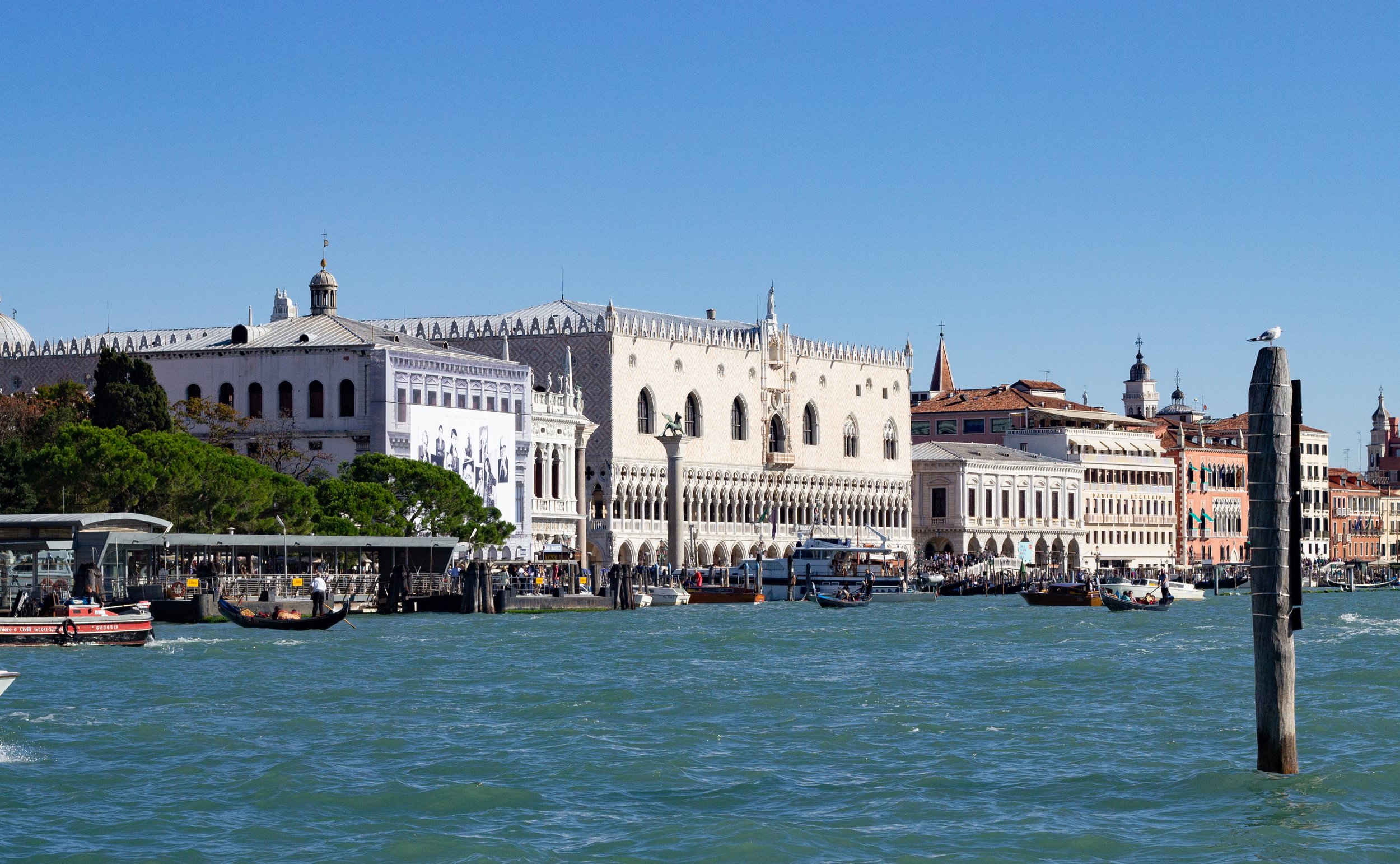
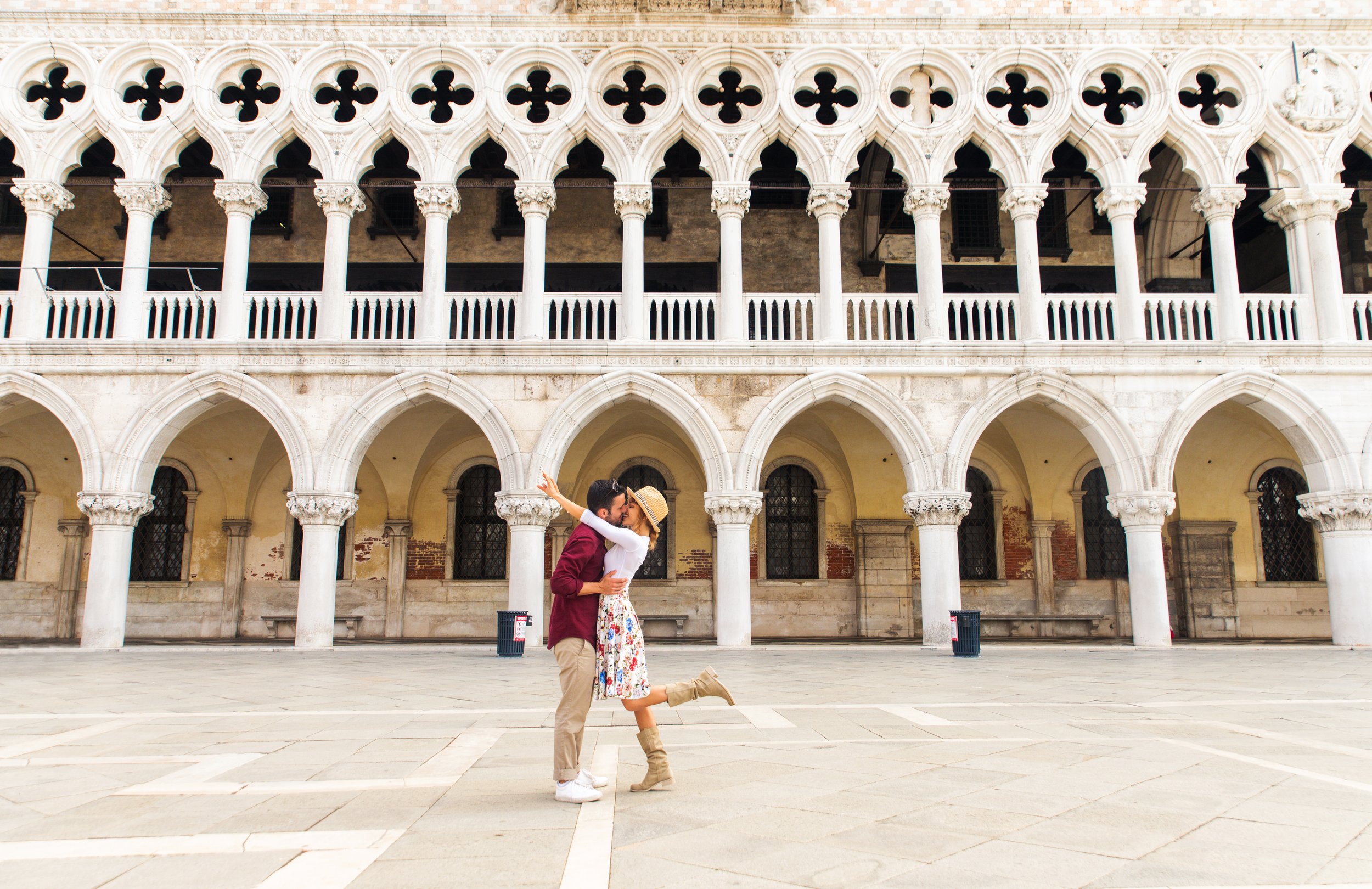
Palazzo Ducale Video
Doge's Palace was the residence of Doge's in Venice. Doges were the supreme authority of the Venetian Republic. The Palace is one of the top attractions in Venice. The ticket costs 25 Euros.
Visiting Doge’s Palace statistics:
Visiting the Doge’s Palace is a mixture of History, Cultural activities, Museum and Art discovery.
The Venetian palaces
-
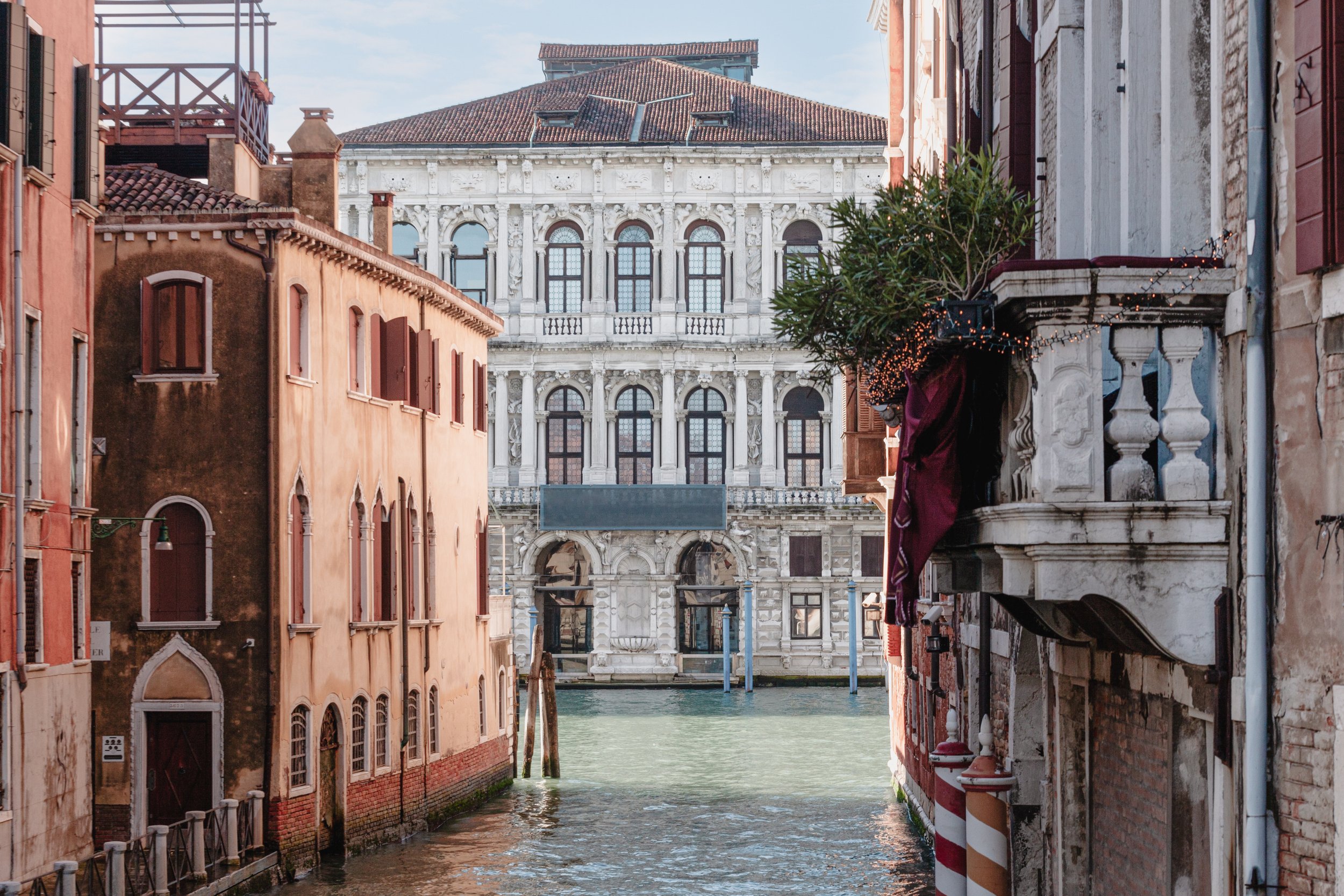
Ca' Pesaro
The Ca' Pesaro is a Baroque marble palace turned art museum, facing the Grand Canal of Venice, Italy.
-

Ca' D'Oro
One of the older palaces in the city, its name means "golden house" due to the gilt and polychrome external decorations which once adorned its walls.
-
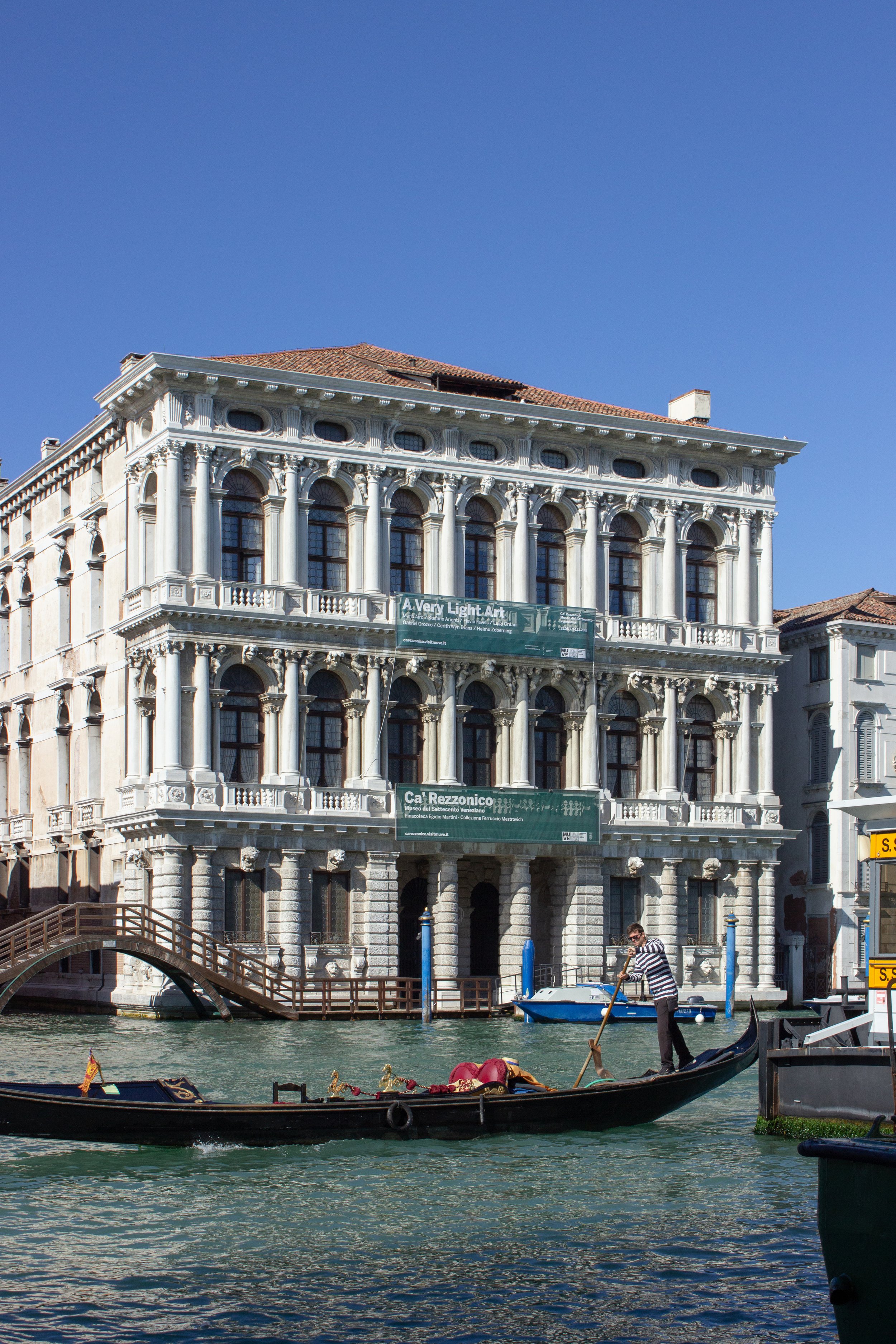
Ca' Rezzonico
It is a particularly notable example of the 18th century Venetian baroque and rococo architecture and interior decoration.
-
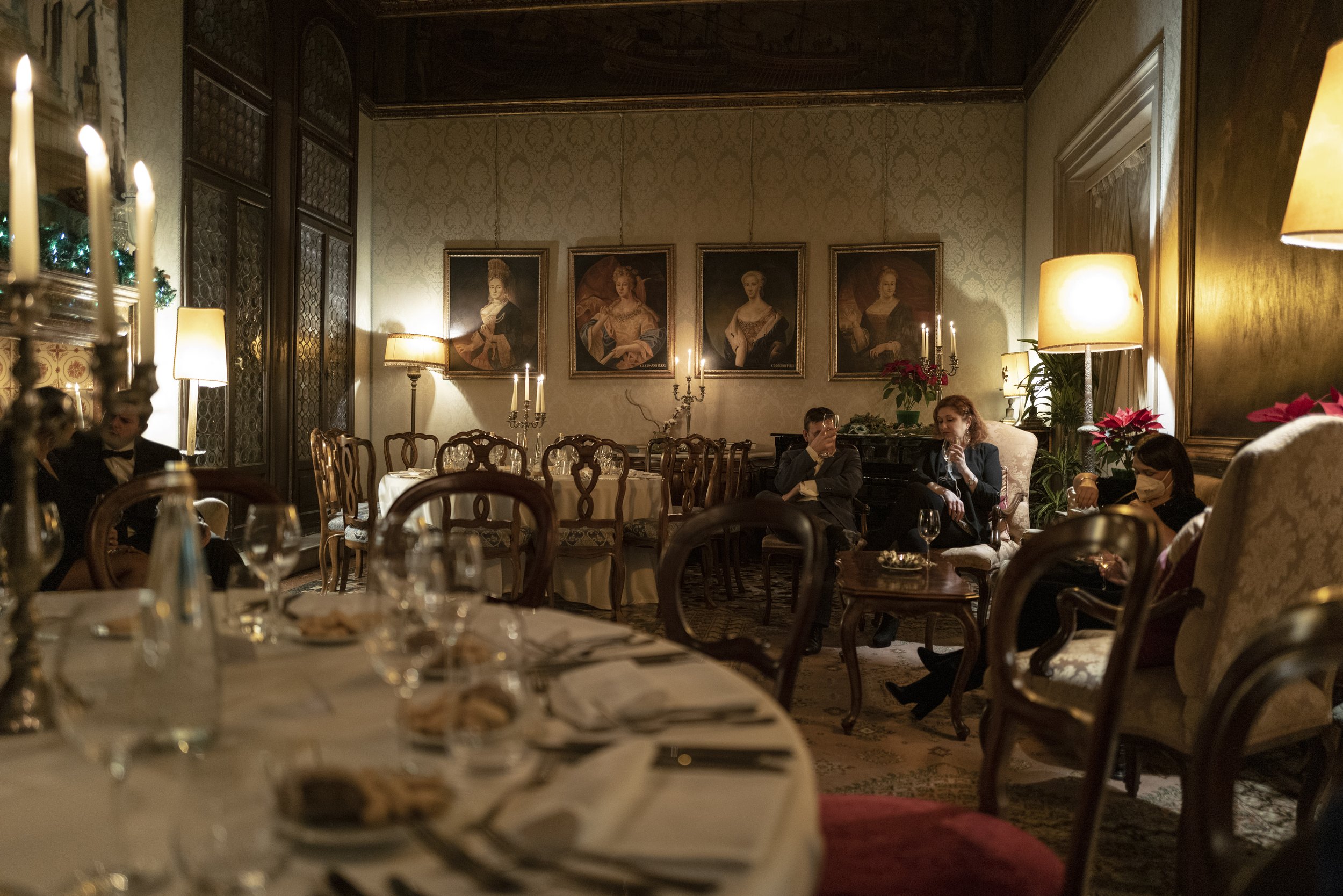
Palazzetto Pisani
The Palazzetto Pisani is a magnificent building overlooking the Grand Canal.
-

Doge's Palace - Palazzo Ducale
A masterpiece of Gothic art, the Doge's Palace is among the Serenissima's top attractions.
-

Ca' Vendramin Calergi
In this prestigious location, among famous paintings, damask rooms, and imposing Murano chandeliers, is now the Venice Casino.
-

Palazzo Grassi
The museum hosts a number of temporary exhibitions throughout the year, featuring works by artists from around the world.
-
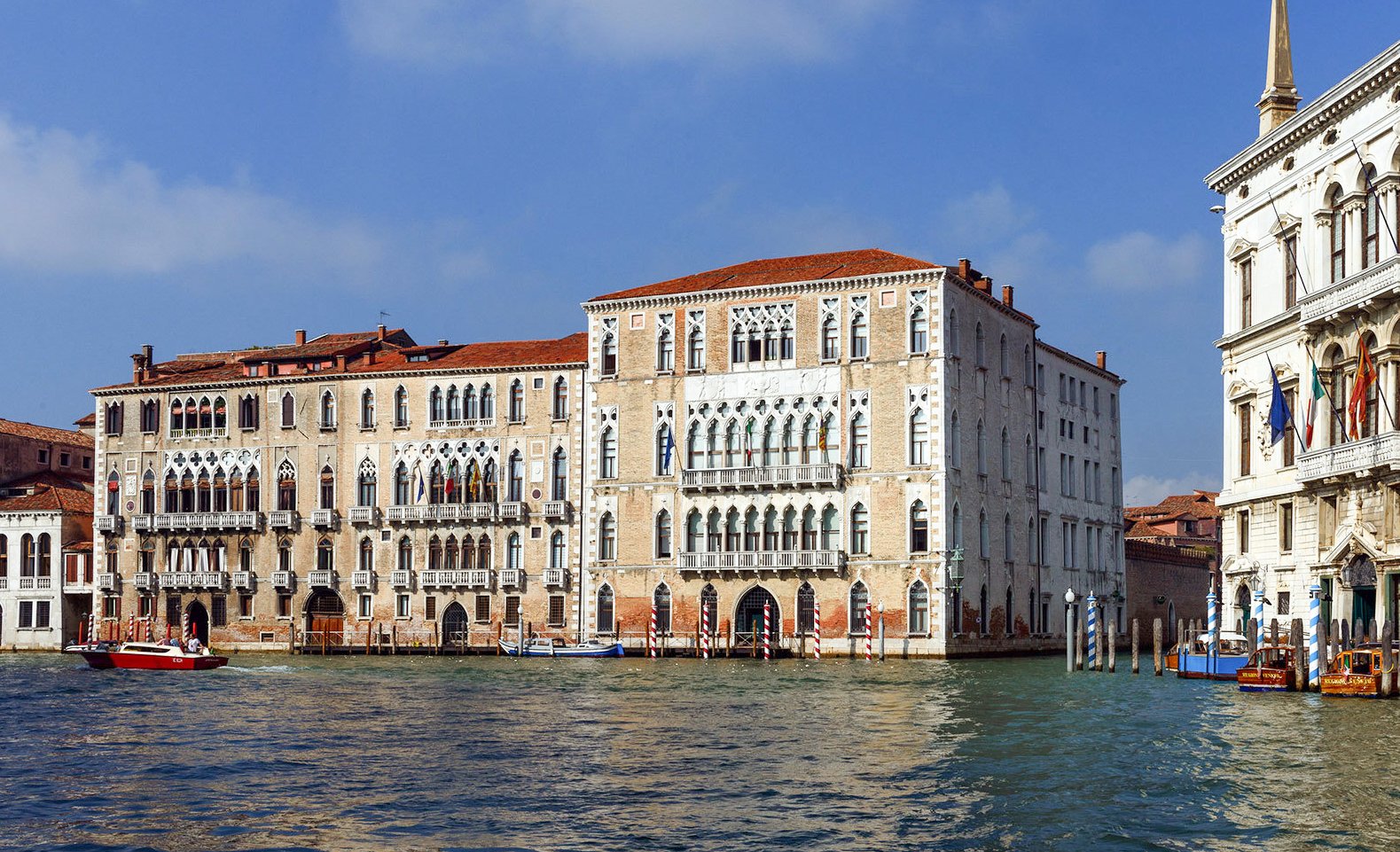
Ca' Foscari
The Foscari Giustinian complex is the headquarters of Ca' Foscari University of Venice.
-

Palazzo Mocenigo
It houses the “Study center for history of textiles, costume and perfume”.
-
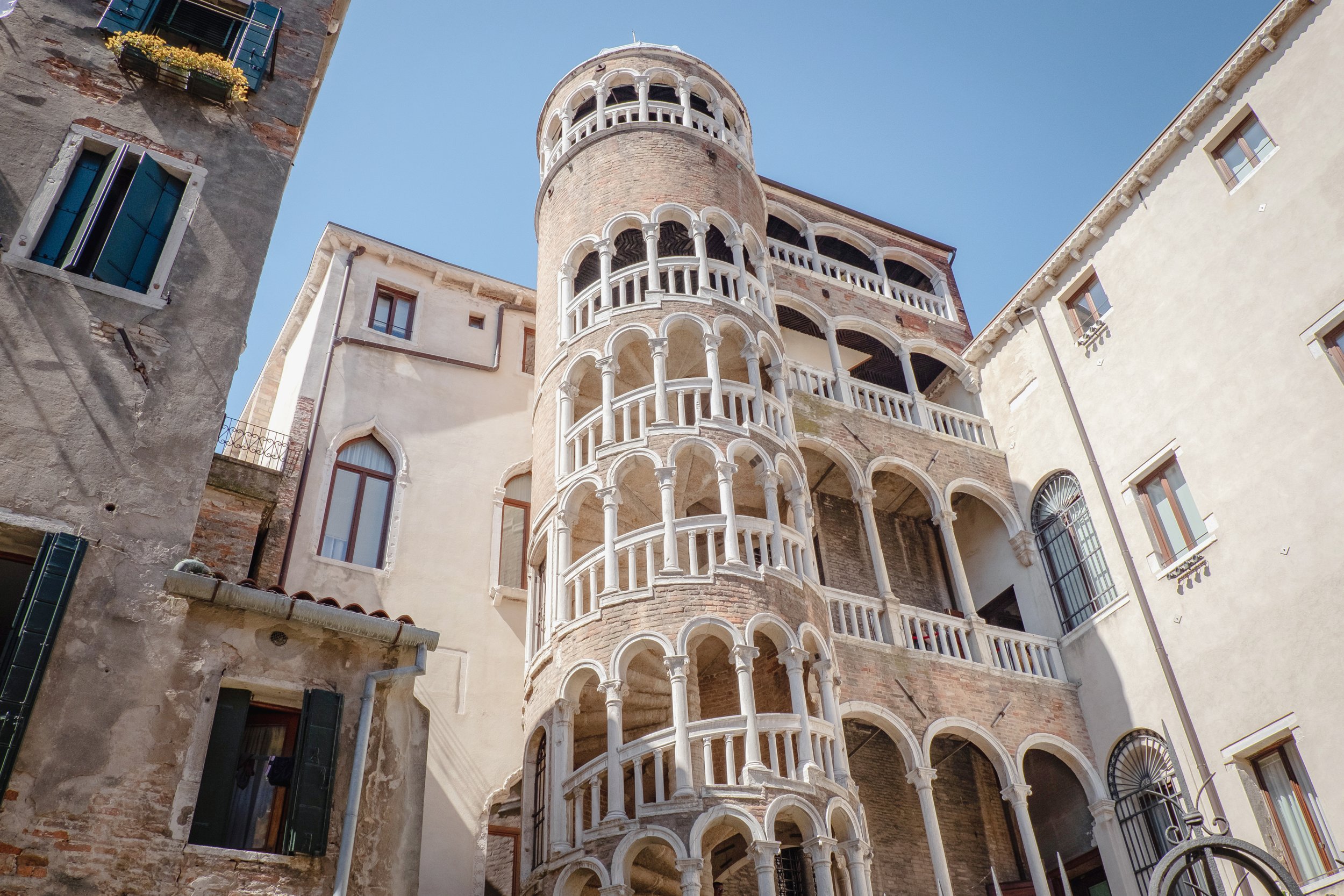
Palazzo Contarini del Bovolo
The most impressive and valuable spiral staircase in Venice.
-

Fontego dei Turchi
Natural History Museum of Venice.
-

Palazzo Fortuny
The Museo Fortuny or Fortuny Museum is an art museum in San Marco, in central Venice, Italy.
-
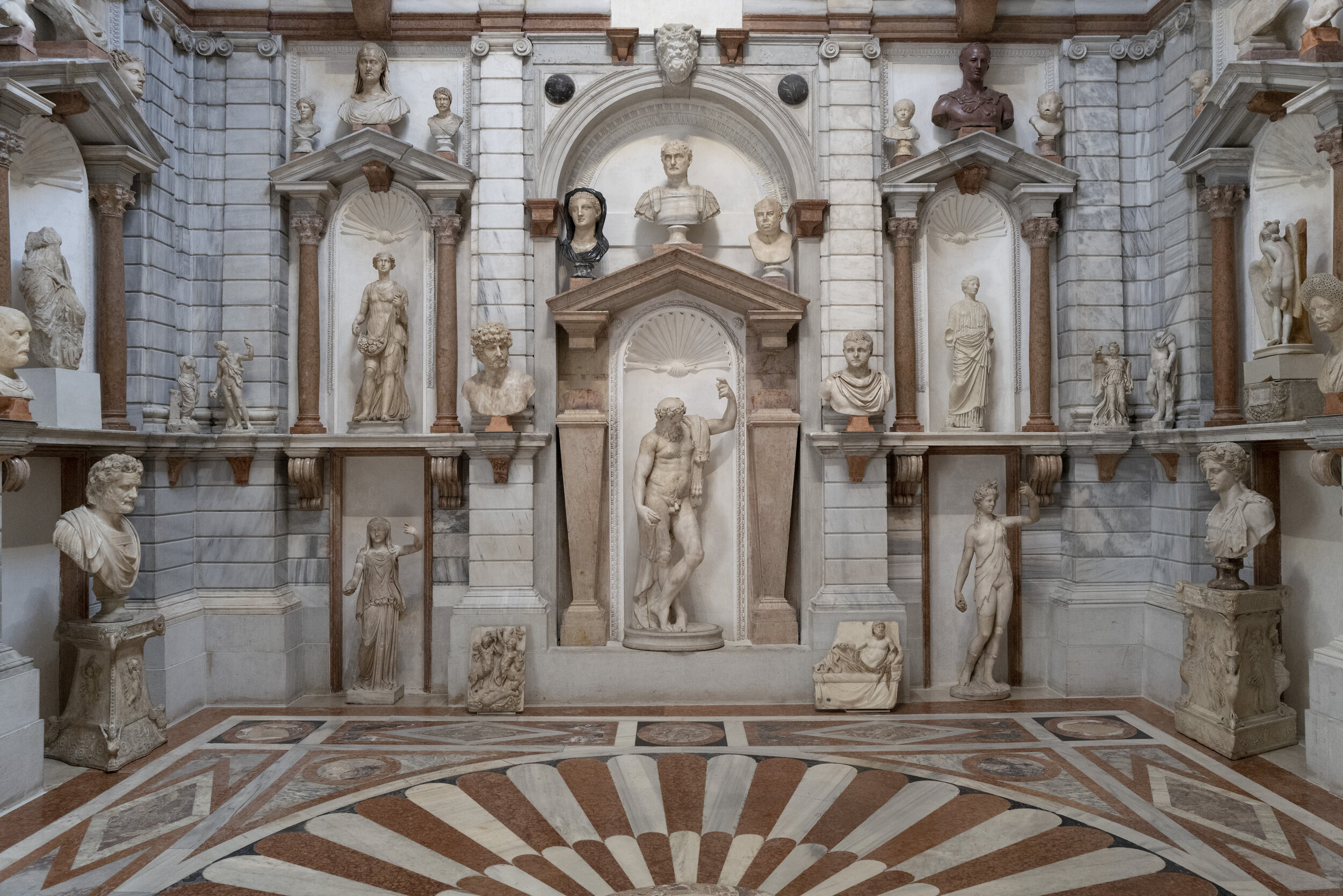
Palazzo Grimani
A unique venue for the history and architecture in Venice. Of extraordinarily high quality are the well furnished rooms.
About Venice
Palaces
Doge’s Palace - Palazzo Ducale
Islands and districts
Festival del Cinema di Venezia
Rialto Bridge - Ponte di Rialto